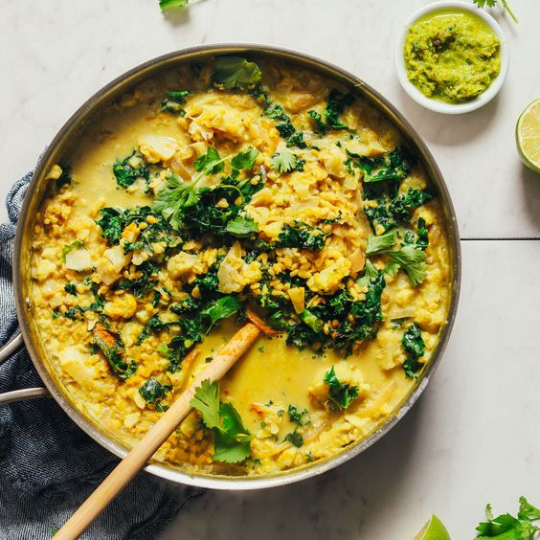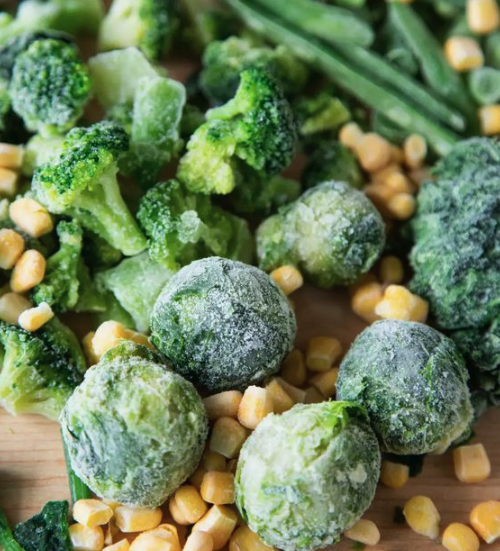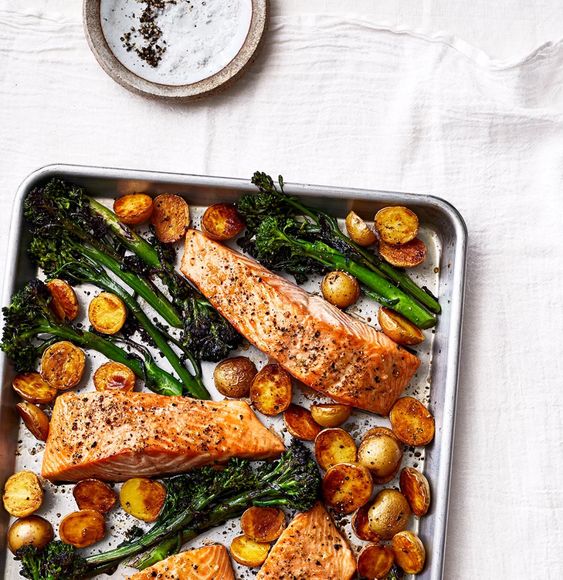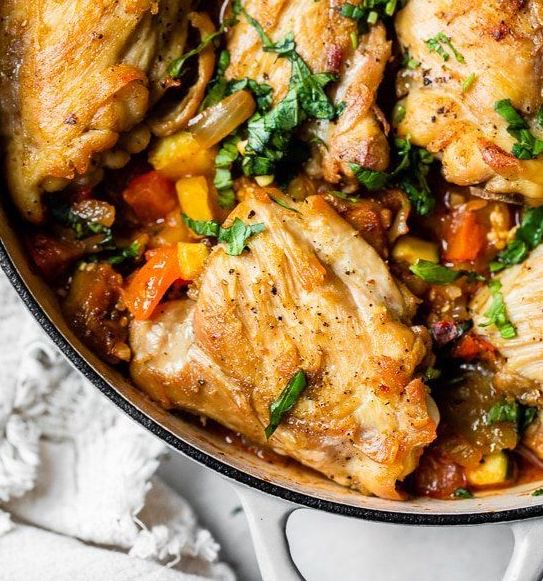THE JOURNAL
Your dose of fitness, health and wellbeing information with Han.
Comfort Food Makeovers

Registered Nutritionist Emma Wylie shares some healthy and delicious tips to try for comfort food
As the weather starts to cool down, it’s natural for our cravings to shift towards comforting and hearty foods. Whether it’s a piping hot bowl of curry or a rich and creamy lasagne, there’s something about these dishes that just feels like a warm hug on a chilly day.
However, it can be easy to fall into the trap of indulging in the more rich and decadent comfort foods. So, how can we satisfy our cravings while still fueling our bodies with the nutrients we need?

Here are some tips for creating healthy, quick and easy versions of classic comfort foods:
1. Choose nutrient-dense ingredients: Instead of relying on heavy cream, butter, mayonnaise and cheese to add flavor and richness to your dishes, opt for more nutrient-dense ingredients like Greek yoghurt, legumes, olive oil, light coconut milk, nuts and seeds.
For example, try:
- Stirring Greek yoghurt through a soup rather than heavy or sour cream
- Swapping out half of the pasta in your favourite mac and cheese recipe for steamed cauliflower and white beans.
- Use light coconut milk in place of coconut cream
2. Incorporate lean protein: To help keep you feeling full and satisfied, make sure to include lean sources of protein in your comfort food dishes. Some great options include chicken breast, fish, venison, trimmed or lean cuts of beef or pork, tofu, lean mince such as chicken, beef or pork, and legumes like lentils and chickpeas. For example, if dinner is pumpkin soup, aim to top this with a protein like shredded chicken or crispy chickpeas to help avoid energy crashes or cravings later on.
You can do this at breakfast too! If you’re having a warm bowl of porridge, try stirring through a scoop of protein powder, or topping your porridge with some high-protein Greek yoghurt and peanut butter to power you for longer through the day.
3. Don’t be afraid of frozen or canned ingredients: While fresh ingredients are always a great option, frozen and canned options can be just as nutritious (and more convenient).
This is because they’ve been snap frozen from harvest, which is often when the nutrients are at their highest level in vegetables, meaning they can be more nutrient-dense than a limping veggie from the back of the fridge.
In the current economic climate, their prices can also be much more appealing, plus it’s hard to tell the difference between what was frozen and what was fresh in a curry or casserole. Adding canned legumes like beans, lentils and chickpeas is a great way to add more protein and fibre to a warm winter salad or stew.

4. Give a tray bake a go: tray bakes are a flavoursome and warming way to pull together a quick and easy dinner meal. Start with root veggies and/or canned legumes for some complex carbs, then add a protein, and some non-starchy veggies.
Drizzle with olive oil, season with salt and pepper and any spices or sauces you desire, and roast in the oven.You can add certain elements to the tray at time intervals if some of the ingredients take longer than others to cook.
For example, you might roast your kumara and chicken on the tray for 15-20 minutes before adding your broccoli, Brussels sprouts and green beans to the tray for the remaining time.
Lemony Salmon and Potato Traybake
Paprika Chicken Tray Bake
Yoghurt Chicken Curry
THE JOURNAL
Continue Reading…






